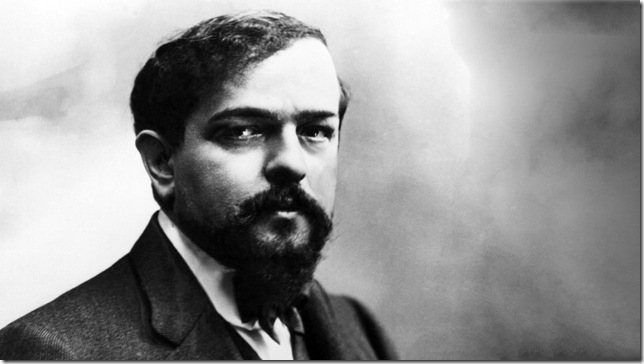After the ailing Claude Debussy finished his Sonata for Flute, Viola and Harp in 1915, he wrote to a friend that the music reminded him of an “antique” Debussy, writing as he had done 20 years before in the Nocturnes.
Not antique, perhaps, so much as distilled to its purest essence, as a performance of this work showed last weekend in the final concerts of the Palm Beach Chamber Music Festival’s 24th season. This singularly intimate and beautiful work closed the first half of the concert Sunday afternoon at the Crest Theatre in Delray Beach.
It was in some ways the high point of the festival, with elegant and lovely playing by flutist Karen Dixon, violist René Reder and harpist Deborah Fleisher. The three women seemed to treat each line as though they were in a jeweler’s shop, laying out one precious object after another, giving the performance a feeling of care and respect that was riveting and compelling.
This was a gentle performance, too, with the more dramatic breaks in mood, such as early on in the first movement at the viola solo, not disturbing the overall feeling of refined contemplation. But at the same time it was not anemic: Dixon’s tone was rich and full, as was Reder’s, and Fleisher was masterful, in everything from the delicate high fifths in the first movement to the expert way that she set the rhythmic motion in place for all the frequent changes of tempo and style.
The concert opened with an obscure piece by an even more obscure composer, Heinrich Neumann (1792-1861), a German clarinetist and conductor who worked in Detmold and Cologne and led the Royal Wind Society in Antwerp in the 1840s. Neumann’s Trio for Clarinet, Horn and Bassoon (Op. 40), played by clarinetist Michael Forte, hornist Corbin Wagner and bassoonist Michael Ellert, is a straightforward, tuneful work for a small combination of instruments, and it’s also rather difficult.
Wagner, a newcomer to the festival after years at the Detroit Symphony Orchestra, has a very pretty, burnished sound and a muscular technique that served him well in the extensive soloing of the Larghetto. The trio didn’t seem to have a very secure grasp on the piece, but it still served as an amiable table-setter for the rest of the program.
After the Neumann came three tangos by Astor Piazzolla, arranged with great skill by the German bassist Andreas Wiebecke-Gottstein for solo violin and bass. Violinist Mei Mei Luo and bassist Jason Lindsay were paired for these pieces — “J’attends,” “La misma peña,” and “St. Louis en L’Île.” Luo’s brand of intense Romanticism is ideally suited for this music, and she played these tangos with style and flair, matched each step of the way by Lindsay.
The entire second half of the program was given over to the Nonet (Op. 38) of the Frenchwoman Louise Farrenc, one of the rare examples before the 20th century of a female composer who was celebrated and admired in her own time (1804-1875). Farrenc was a member of the French musical establishment of the mid-19th century, serving for 30 years as a piano professor at the Paris Conservatoire. Her admiring flutist husband even founded a publishing company to promote her music.
So it’s no surprise that this nonet — for wind quintet, string trio and bass — would be two things above all: spotlessly written and extremely conservative. It dates from 1849, the year Chopin died in the selfsame city of Paris, but the music shows no affinity with the daring of the great Polish pianist and composer, nor indeed of the innovations of Hector Berlioz. Farrenc’s piece is much closer to that of late Haydn or early Beethoven, so its idiom was far out of date at its premiere.
Nonetheless, it is a skillful and highly attractive composition, full of strong melodic writing and inventive orchestral coloring. There is a lot of solo work for the violinist, ably played by Dina Kostic, and Farrenc moves easily between different ensemble combinations, giving plenty of opportunity for the other instruments to demonstrate their solo chops. This is a big chamber work with a symphonic orientation, and the festival musicians gave it breadth and vigor.
It was a typically offbeat way to end this 24th season of concerts in a series that has exposed area audiences to so much unfamiliar, worthy repertoire. It is an unalloyed pleasure to attend these performances each July, and one looks forward to the 25th season with confidence that the organizers’s appetite for intriguing musical finds will not desert them, or us.
